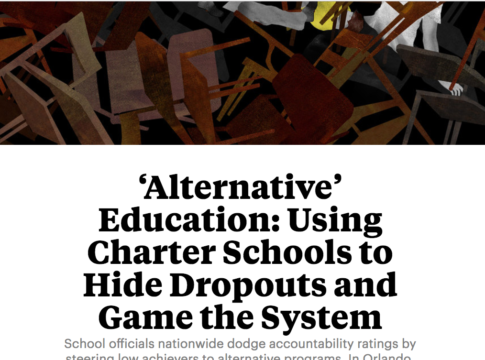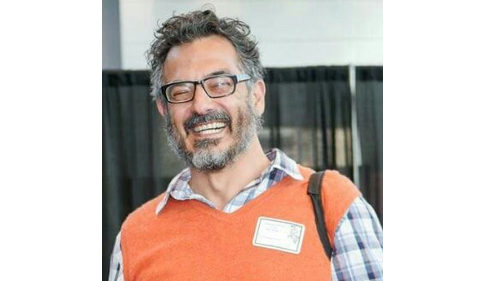Given my interest in edu-philanthropy and education advocacy, I’m predictably taken by Alexander Russo’s behind-the-scenes tale “The Successful Failure of ED in ’08.” Examining an effort that is generally recalled as a major Gates-Broad partnership that flopped, Russo argues that the whole exercise was more impactful, significant, and instructive than is widely recognized.
Russo, a veteran education journalist best known for his “This Week in Education” blog, details what happened when two major edu-foundations shelled out a combined $25 million (less than the projected $60 million, but still the largest ed-advocacy effort to that point) in a push to make education central to the 2008 elections. While ED in ’08 has been widely dismissed, Russo makes a strong case that it set the stage for a new style of education advocacy–think Stand for Children, DFER, 50CAN, and StudentsFirst–and had a lasting impact on the Obama administration reform agenda. In that light, Russo suggests that the experience of ED in ’08 holds important lessons for today’s funders and advocates. (Full disclosure: Russo’s piece, which draws on research from his forthcoming book, was published by my shop at AEI.)
Russo spends the bulk of the paper recounting the history of ED in ’08 and problems that hampered the effort. Key challenges included:
•A lackluster reception from key nominees in both parties and the public at large. The organization struggled to set up meetings with key staffers for the nominees. It had difficulties getting questions into the debates. (That said, those who’ve worked the political side of ed reform know how hard it is to affect something like that. For instance, I recall the giddy excitement of one ED in ’08’er when the moderator asked a question they’d pushed as we watched the third McCain-Obama debate. Ah, life’s tiny victories…)
•Questions about tax status. Gates and Broad were limited when it came to the kind of advocacy they could do, given, as Russo says, “[Their] insistence on a conservative interpretation of what 501(c)(3) organizations were legally allowed to do in the political arena.” Under federal law, 501(c)(3) nonprofits can conduct research and make broad statements, but can’t use funds for “explicitly political activities such as endorsing candidates or specific legislative proposals.” This greatly limited ED in ’08’s reach.
•Internal gridlock. The two foundations sometimes disagreed over the direction of ED in ’08. In particular, Russo argues that Eli Broad thought, “The main purpose of ED in ’08 [was to make] education a number-one issue with the public: the ‘outside’ half of the organization’s strategy. He went along with the behind-the scenes elements as a compromise, but those were not ever his top priority.” Meanwhile, the Gates team had more faith in private communications with the campaigns and the value of quietly teeing up reforms for the new administration.
Despite these obstacles, Russo contends the ED in ’08 ultimately set the groundwork for future advocacy efforts and had a powerful impact on the Obama administration’s education agenda:
Looked at a little more closely, ED in ’08 was not nearly the complete and utter failure it may have seemed to be. It was, arguably, one of the reasons Obama felt comfortable enough not to retreat into safe positions during the campaign (like his predecessor John Kerry had so infamously done in 2004). ED in ’08 may also have contributed to Obama’s decision to press forward with national standards and performance pay for teachers once he was in office… Teacher effectiveness and national standards [would] come to dominate the Obama education agenda and the education debate for the next four years.
Russo suggests that ED in ’08 also served as a “prototype–an expensive and very public beta test” for some of the advocacy-focused school reform efforts that have since proliferated. As uneven and stumbling an effort as it was, he says, “It demonstrated that reformers needed to be engaged in politics and policy and suggested some of the ways that worked and did not.” One development that followed on the heels of ED in ’08 is that most of today’s leading advocacy groups have created 501(c)(4) arms that allow them vast new freedom to engage directly in political work. Another is that advocates have aggressively cultivated networks of state and local affiliates, recognizing the importance of state and local decisions and the limits of national advocacy.
Anyway, it’s an intriguing piece and a terrific read. If you’re interested, check it out here.
-Rick Hess
This blog entry originally appeared on Rick Hess Straight Up.





